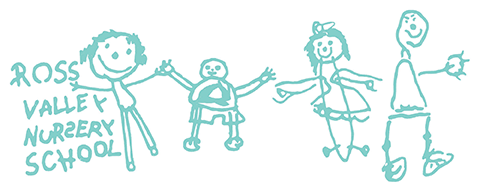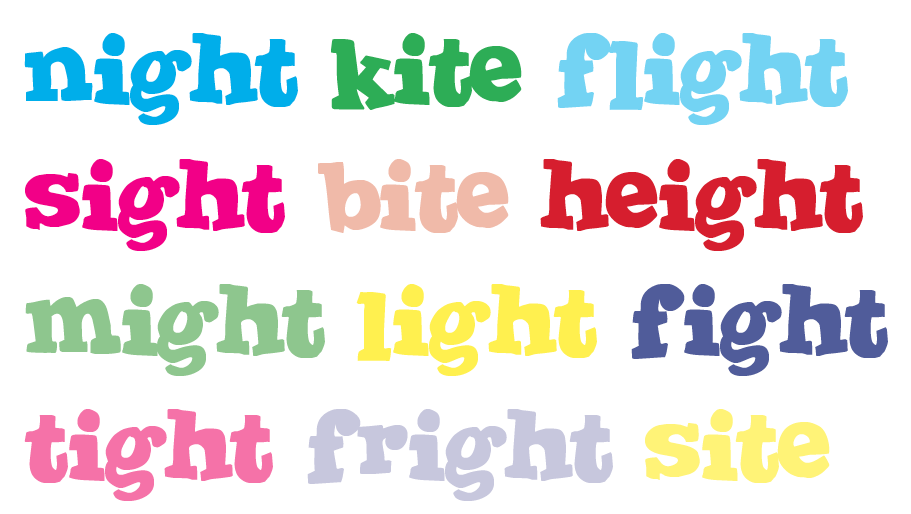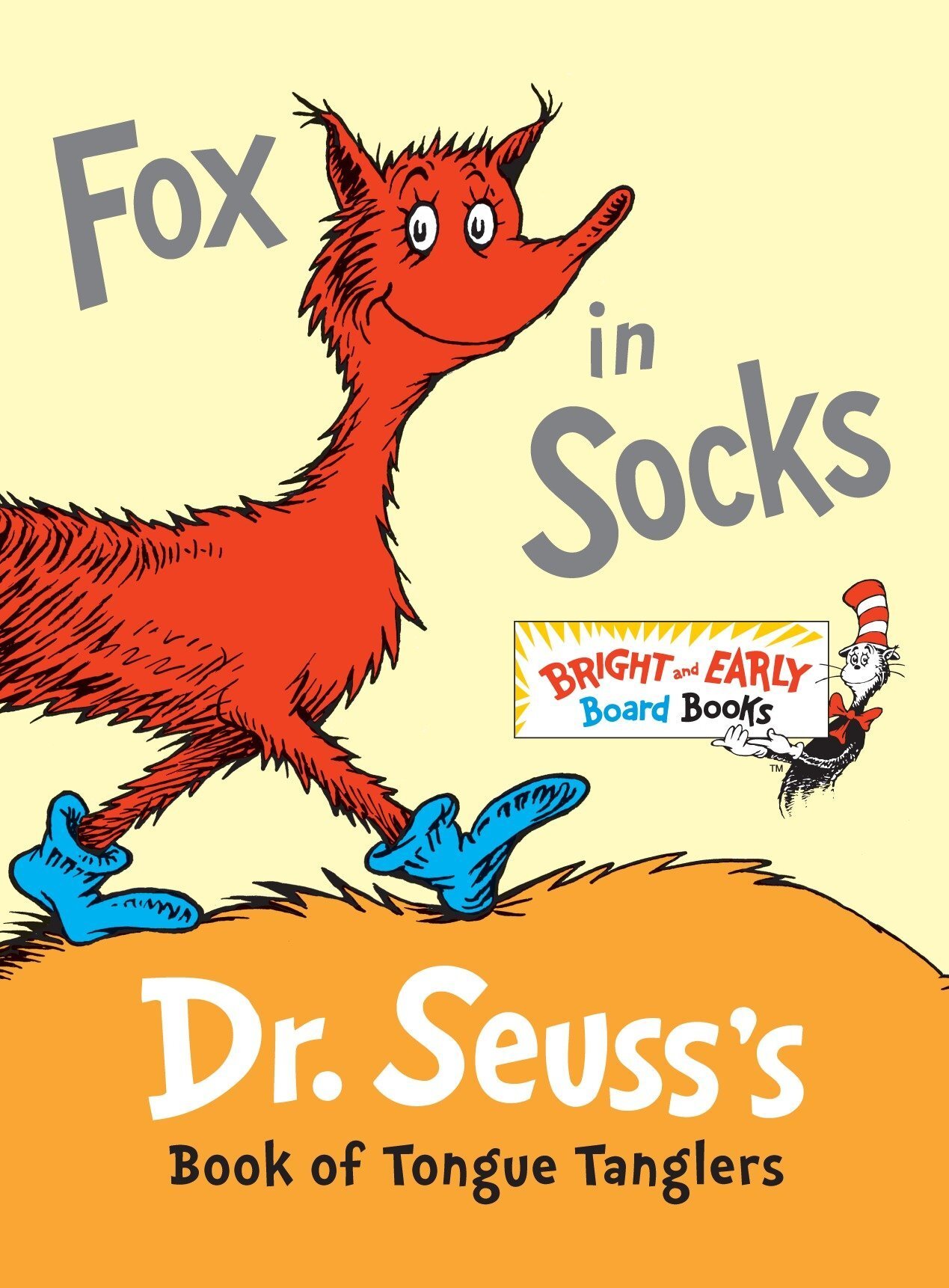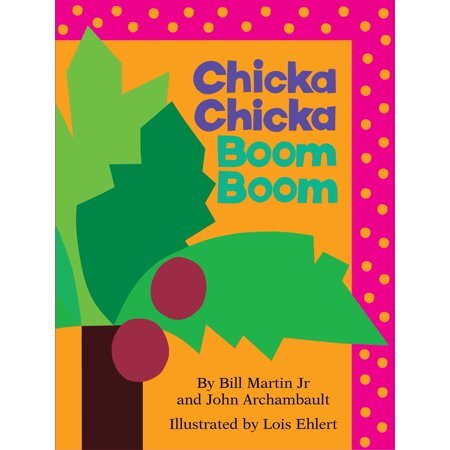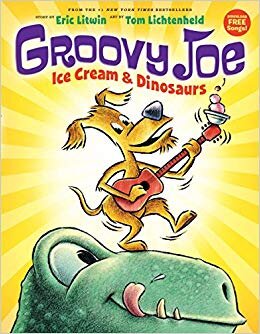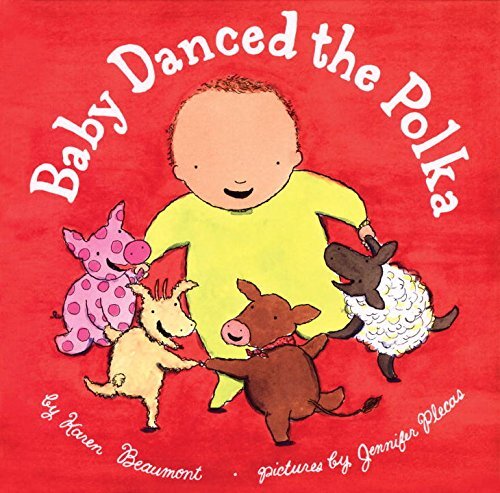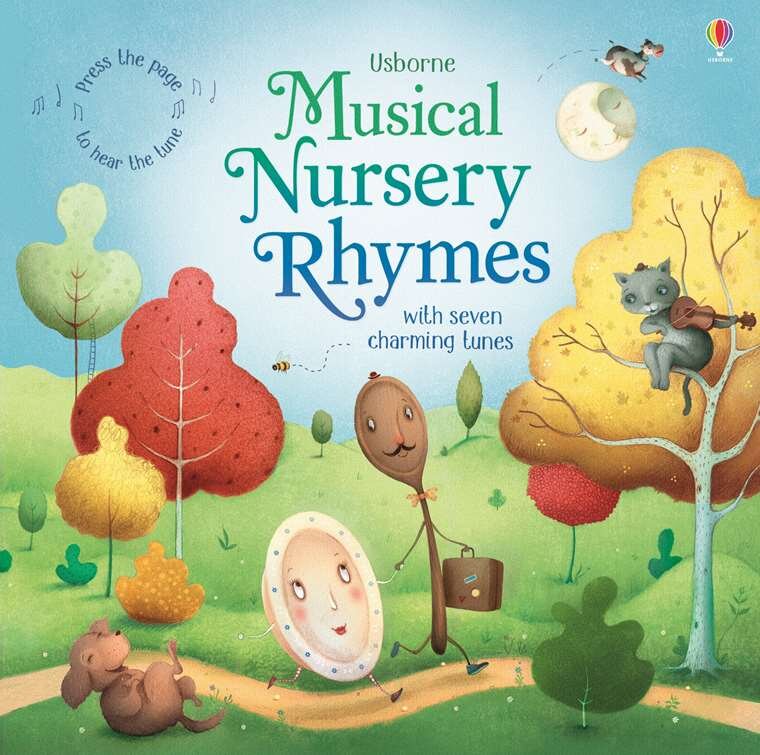Learning to Rhyme
/One of the basic skills that we nurture in our play based preschool’s classes is the ability to rhyme. We thought we would share with you some tips and ideas from our talented teaching staff to help. The children at Ross Valley Nursery School practice rhyming daily in the context of nursery rhymes, songs, finger plays, poetry, rhyming books, games and more. We rhyme all the time! Why is rhyming featured so prominently with young children? Rhyming helps children to develop phonemic awareness, which is vital at this pre-reading stage. Phonemic awareness is defined as “the ability to hear, identify, and manipulate individual sounds (phonemes) in spoken words. Before children learn to associate letters with sounds (phonics), they have to master the sounds themselves. We help to foster this through rhyming, chanting, repetition, and other forms of word play. Children will naturally engage in this kind of sound play on their own. The cooing of a young baby marks the first steps toward manipulating and mastering the sounds that make up language. Linguists suggest that our brains are “hard-wired’ in this way to facilitate language acquisition. Children will quite likely teach themselves to rhyme without our help. But we can do much to reinforce and support rhyming as it develops. Here are a couple of strategies for rhyming that you can try at home:
A simple rhyming game:
A fun take on the class “I Spy” game but making it a rhyming game. “I spy with my little eye, something that rhymes with_____.” This game can be adapted to many concepts your child may be learning. For example, if they are learning to recognize numerals, you might say… “I spy with my little eye a number that rhymes with “fix.” ……SIX!!!!
Supply the rhyme:
When reading a rhyming book to your child, try pausing at the rhyming word to see if your child can predict what it will be. For example: “Up above the world so high, like a diamond in the____.”
Rhyming book list (just a few fun ideas to start!):
Fox in Socks, by Dr. Seuss
Chicka Chicka Boom Boom, by Bill Martin Jr. and John Archambault
Brown Bear, Brown Bear by Bill Martin Jr.
Baby Danced the Polka by Karen Beaumont
Groovy Joe: Ice Cream and Dinosaurs by Eric Litwin
I’m sure you can come up with countless other ways to make rhyming fun. There are a couple of important things to remember regarding rhyming. Firstly, these games are frequently enjoyed in short, quick moments. A child who is eager to hear the rest of the story might want you to quit rhyming and continue with the reading.
Follow their cue on this. If you stop while it’s still fun, they will be more likely to want to play next time. The other more important thing to remember is that rhyming is a skill that is developmental. Some children may be rhyming at age three, while others may not rhyme until they are five or even later. Either way is fine. If your child is not rhyming yet, trust that they will eventually get it. And don’t forget to have fun along the way. Happy rhyming!
